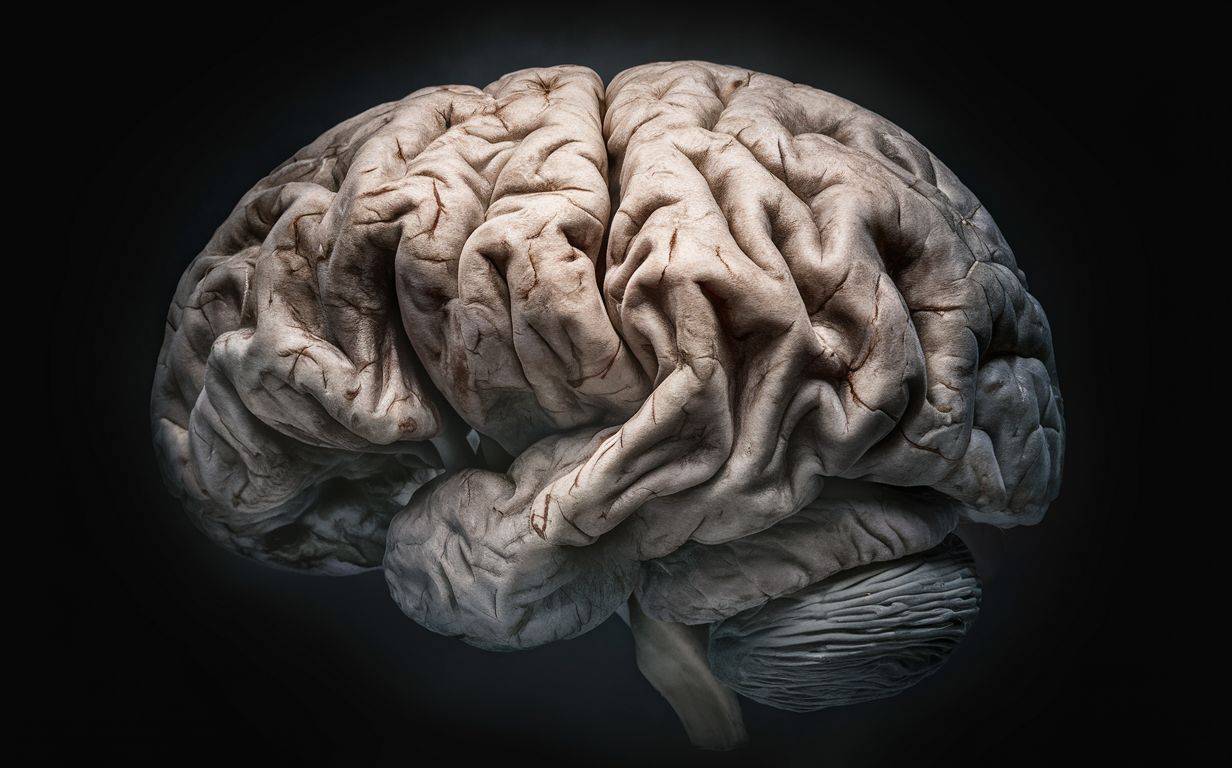Follow us on Google News (click on ☆)

This discovery was made possible thanks to a new technique called MUSIC (multinucleic acid interaction mapping in single cells), which allows for mapping interactions between chromatin and RNA in individual brain cells. This technique offers single-cell resolution and enables the study of how these interactions influence gene expression.
The study, detailed in Nature, highlights MUSIC's potential to understand the molecular mechanisms underlying Alzheimer's pathology. According to Sheng Zhong, a professor of bioengineering at UC San Diego, this technology could lead to more targeted therapeutic interventions and improve patient outcomes.
Researchers analyzed post-mortem samples of the human frontal cortex from 14 donors aged 59 and older, some of whom had Alzheimer's. They observed that cells with fewer short-distance chromatin interactions showed signs of aging and Alzheimer's disease. Additionally, a higher proportion of these "aged" cells were found in Alzheimer's patients.
Using MUSIC, the team discovered specific differences between brain cell types in chromatin-RNA interactions. Notably, in the female cortex, a higher proportion of "aged" oligodendrocytes compared to neurons was observed. These cells play a crucial role in enveloping neurons with myelin, and their aging could worsen cognitive decline.
Researchers will now optimize MUSIC to identify regulatory genes and genetic circuits responsible for accelerated aging in certain brain cells. Their goal is to develop strategies to inhibit the activity of these genes or circuits to slow down brain aging.